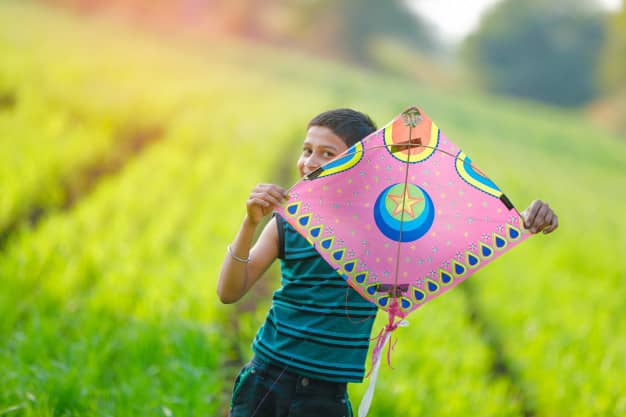- You have no items in your shopping cart
- Continue Shopping
Makar Sankranti is a festival day in the Hindu calendar, dedicated to the deity Surya (sun). The day celebrates the harvest and marks the first day of the sun’s transit into Makara rashi (Capricorn), marking the end of the month with the winter solstice and the start of longer days. Makar Sankranti is one of the few ancient Indian festivals that has been observed according to solar cycles.
The festivities associated with Makar Sankranti are known by various names, such as Magha Sankranti in Nepal, Magh Bihu in Assam, Maghi (preceded by Lohri) in Punjab, Haryana and Himachal Pradesh, popular amongst both the Hindus and Sikhs, Sukarat in central India, Thai Pongal in Tamil Nadu, Uttarayan in Uttarakhand and Uttar Pradesh, Ghughuti in Uttarakhand, Makar Sankranti in Odisha, Karnataka, Maharashtra, Goa, West Bengal (also called Poush Sankranti), Uttarakhand and Uttar Pradesh (also called Khichidi Sankranti) or as Sankranthi in Andhra Pradesh and Telangana.



Makar Sankranti is observed with social festivities such as colorful decorations, rural children going house to house, singing and asking for treats in some areas, melas (fairs), dances, kite flying, bonfires and feasts.
The Magha Mela, according to Diana L. Eck (professor at Harvard University specializing in Indology), is mentioned in the Hindu epic Mahabharat. Many observers go to sacred rivers or lakes and bathe in a ceremony of thanks to the sun. Every twelve years (marking one complete revolution of Jupiter around the Sun) the Hindus observe Makar Sankranti with one of the world’s largest mass pilgrimages, with an estimated to 100 million people attending the event. At this event, they say a prayer to the sun and bathe at the Prayaga confluence of the River Ganga and River Yamuna at the Kumbha Mela.


